We’ll not only talk about aperture and focal length, but also about which camera and lenses are best for you as a beginner. I’ve explained everything as clearly as possible. Enjoy browsing!
- My path into photography
- How a camera works
- Technical basics
- Cameras for beginners
- Cameras for advanced users
- What lenses are available?
- What camera settings are suitable for beginners?
- Our 8 photography tips for beginners
- Photography for beginners – My conclusion
My path into photography
Photography becomes my side job

How a camera works
Technical basics
Aperture




Bokeh
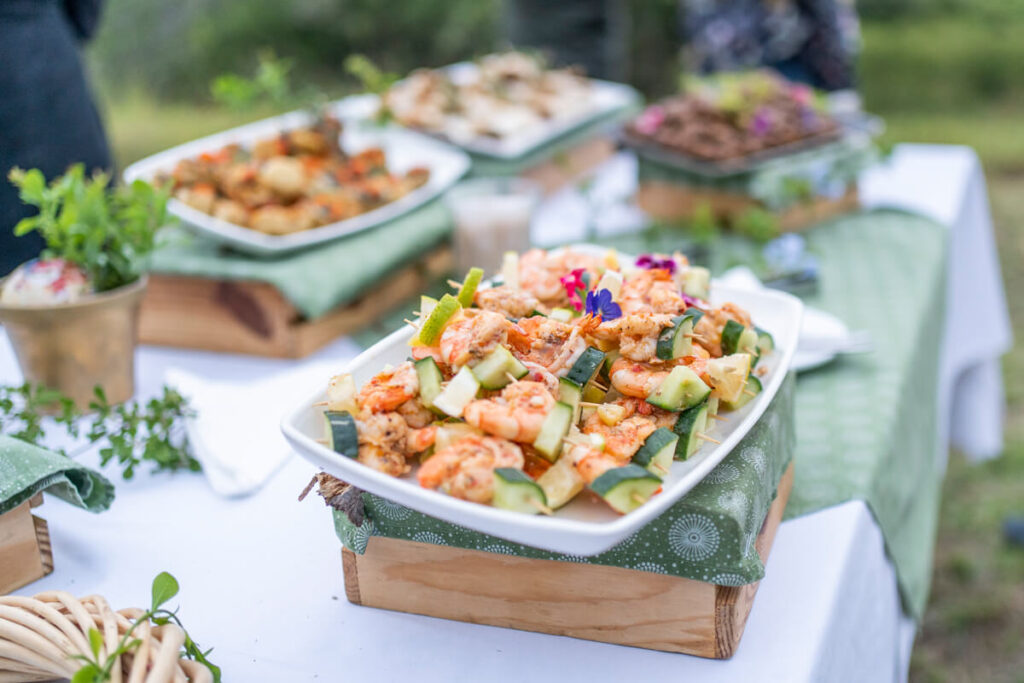
Focal Length

Exposure Time
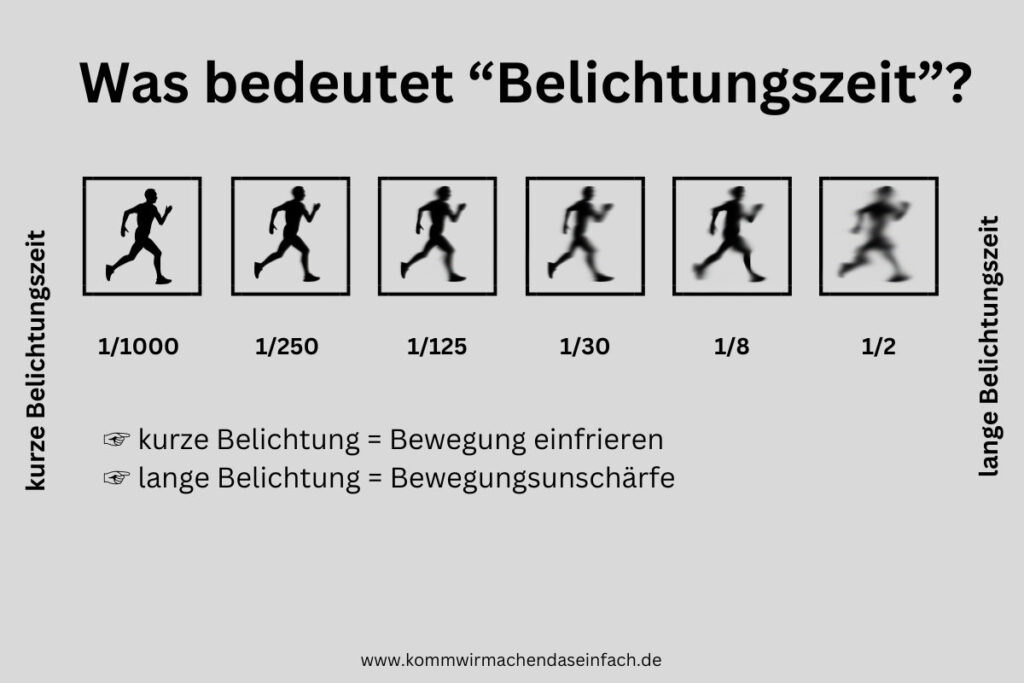
ISO
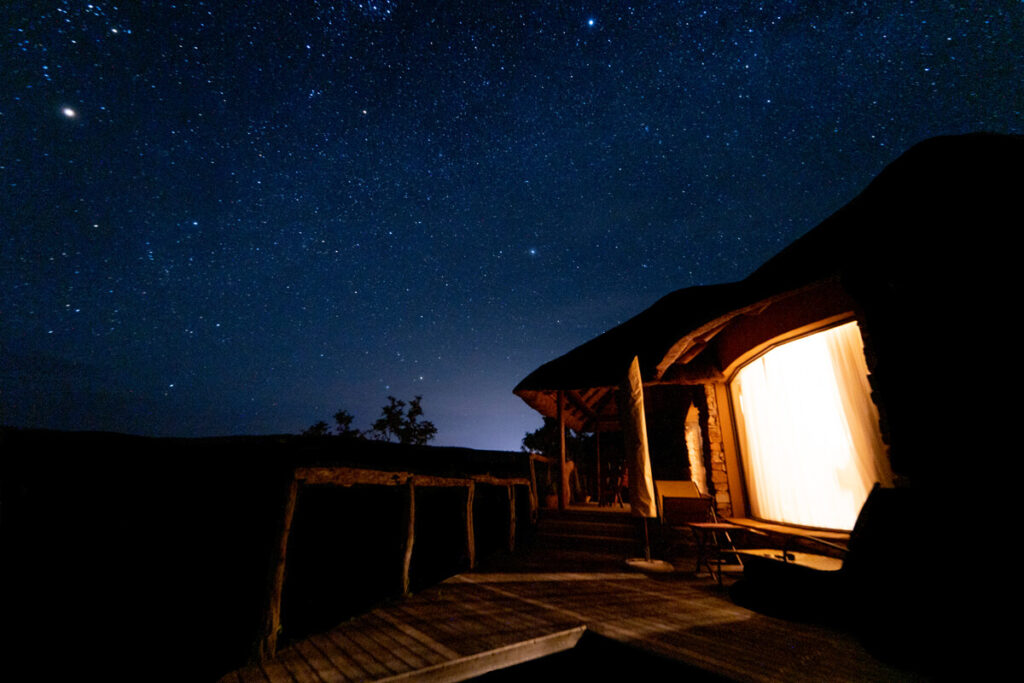
White balance
Megapixels
File format (jpg/raw)
Small format (APS-C) vs. full format
1. Small format (APS-C):
- Advantages:
- compact cameras and lenses
- lighter and more affordable (from around €500 – €600)
- Example: Sony Alpha 6000 weighs 344 grams
- longer focal lengths, which can be useful for telephoto shots
- Disadvantages:
- smaller sensor size can lead to more image noise in low light conditions
- limited control over depth of field
2. Full format:
- Advantages:
- better image quality, especially in low light conditions
- less image noise
- greater control over depth of field
- Disadvantages:
- larger and heavier cameras and lenses
- Example: Sony Alpha 7M3 weighs 650 grams without lens
- higher price (from around €1,000)
Plane of field
Cameras for beginners
1. Canon EOS 2000D (DSLR):
2. Nikon D5600 (DSLR):
3. Sony Alpha a6100 (mirrorless)
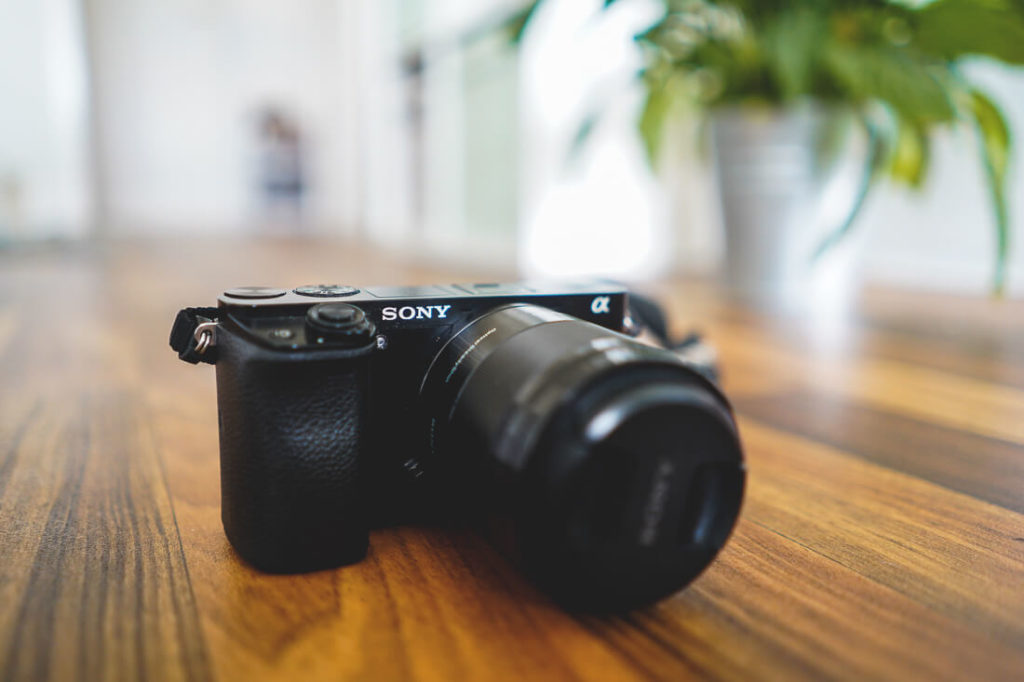
4. Fujifilm X-T200 (mirrorless):
5. Panasonic Lumix G7 (mirrorless):
6. Olympus OM-D E-M10 Mark III (mirrorless):
Cameras for advanced users
1. Canon EOS 90D (DSLR):
2. Nikon Z6 (mirrorless):
3. Sony Alpha a7 III (mirrorless):
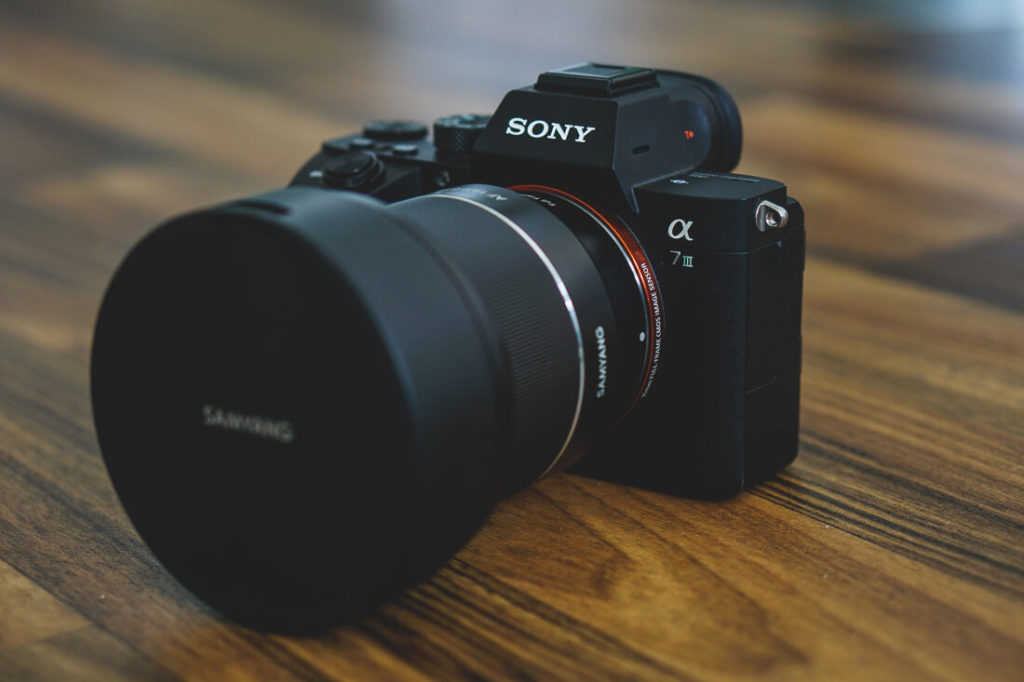
4. Fujifilm X-T4 (mirrorless):
5. Panasonic Lumix GH5 (mirrorless):
6. Canon EOS 6D Mark II (DSLR):
What lenses are available?
Normal lens
- Uses: general photography, travel, everyday situations
- Typical focal lengths: 28mm, 35mm, 50mm, 70mm
- Features: versatile, good for beginners, compact
- We use: Sony 28mm*, Sony 35mm*, Sony 50mm*
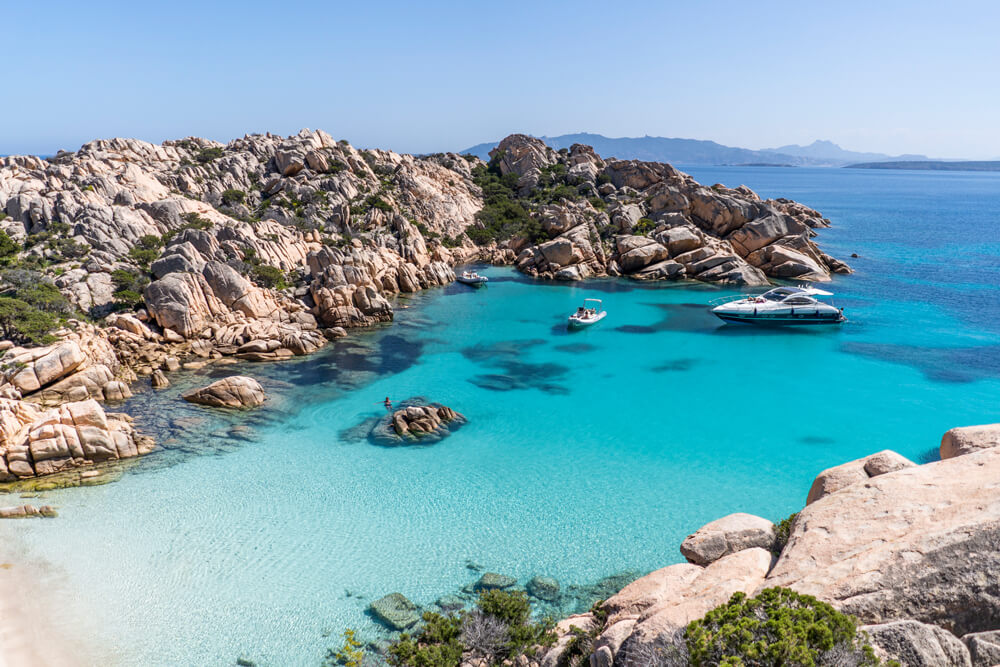


Wide-angle lens
- Uses: Landscape photography, architectural photography, interior photography
- Typical focal lengths: 10mm, 14mm, 16mm, 20mm etc. (also as a zoom)
- Features: capturing a wide image section, distortion-free images
- We use: Samyang 14mm*, Sigma 20mm*
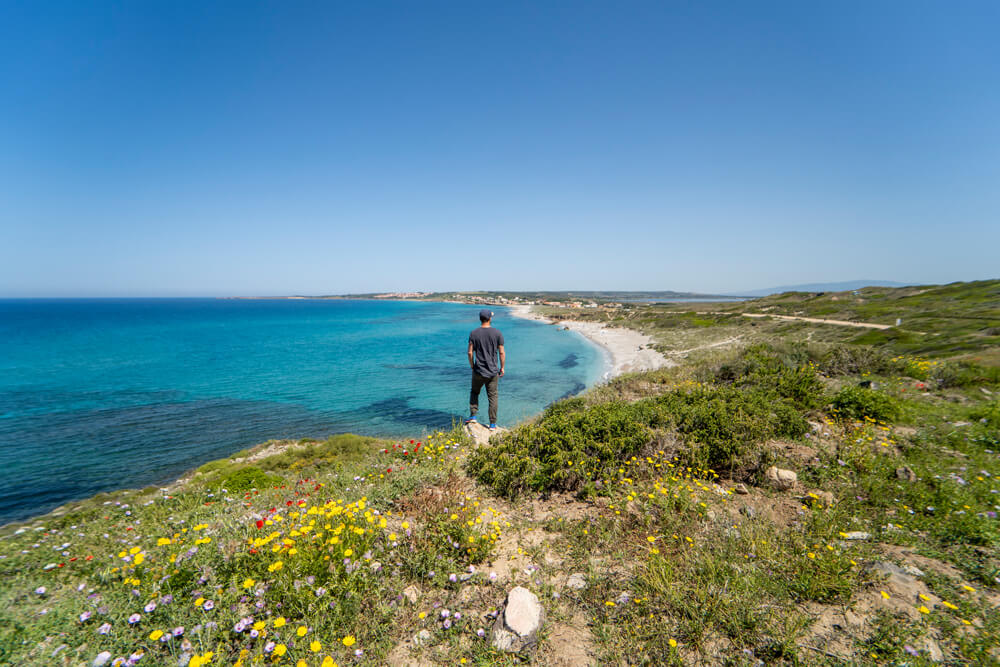
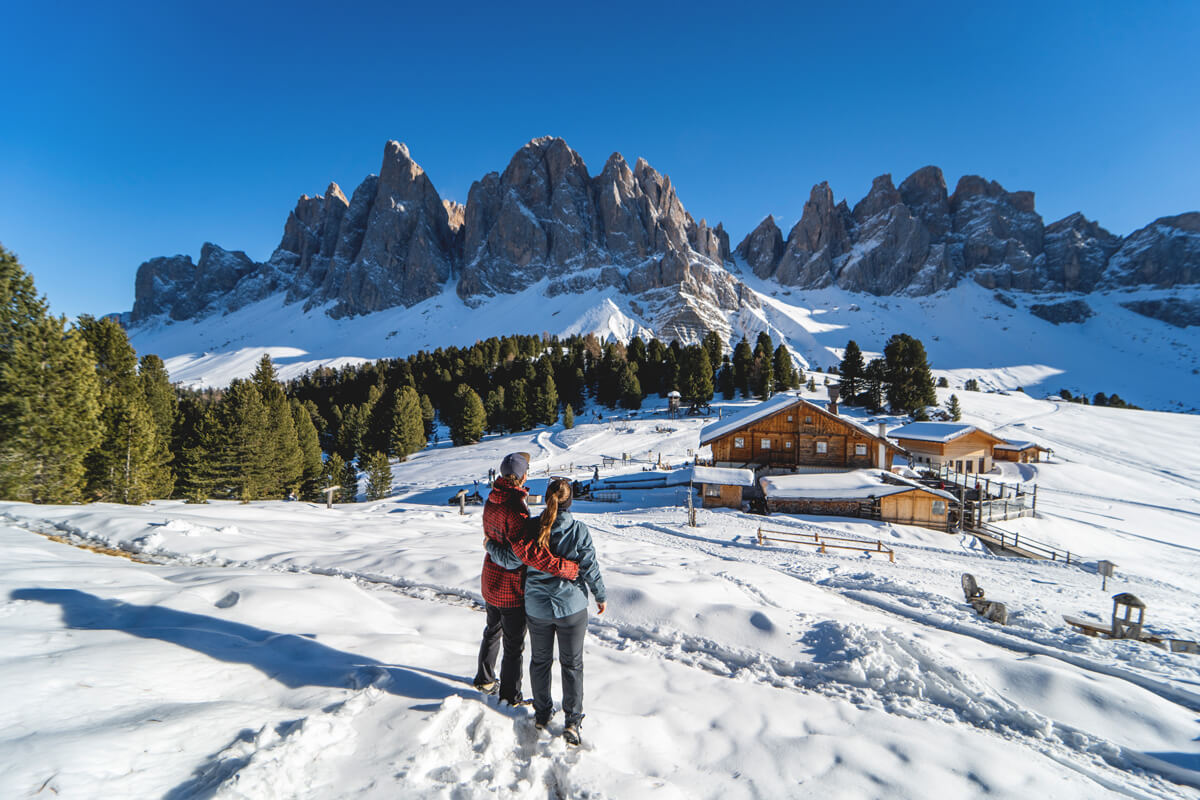

Telephoto/Zoom Lens
- Uses: Sports photography, wildlife photography, portraits with compression effect
- Typical focal lengths: 70-200mm, 100-400mm
- Features: Bringing distant subjects closer
- We use: Tamron 105-500mm*, Sony 200-600*, Sony 24-70mm*
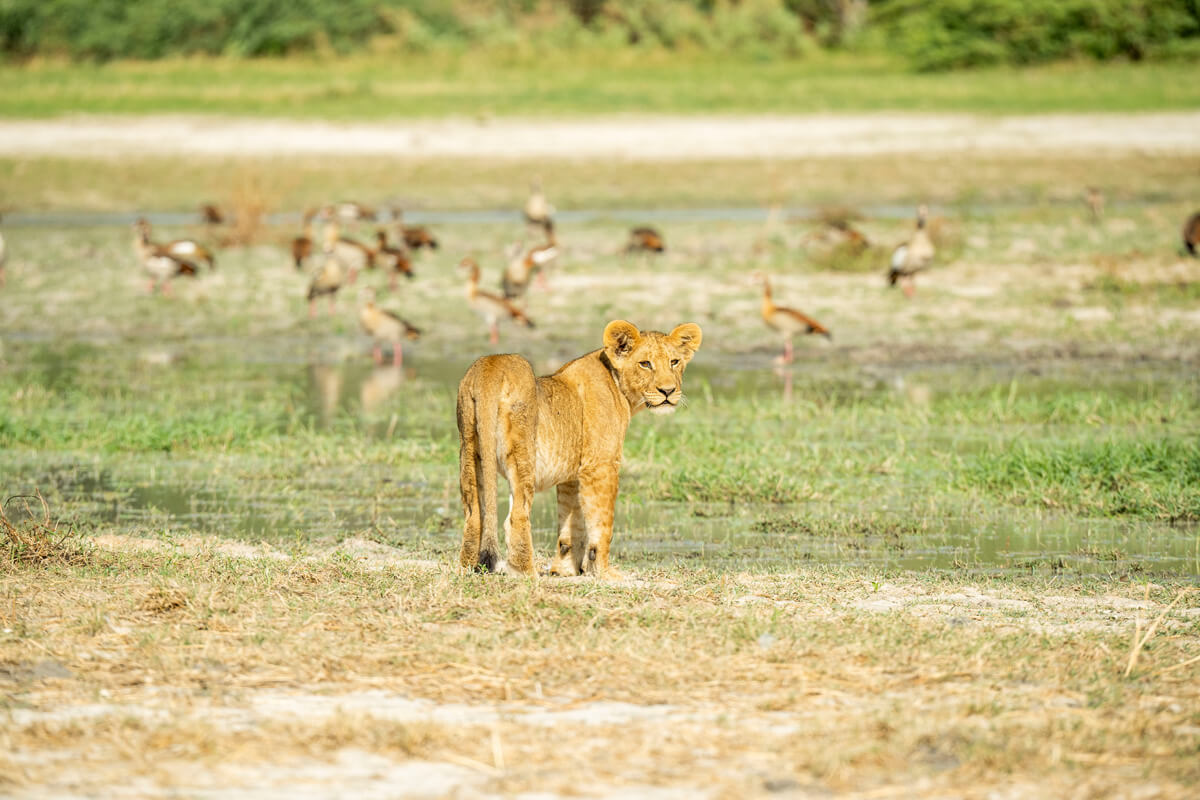
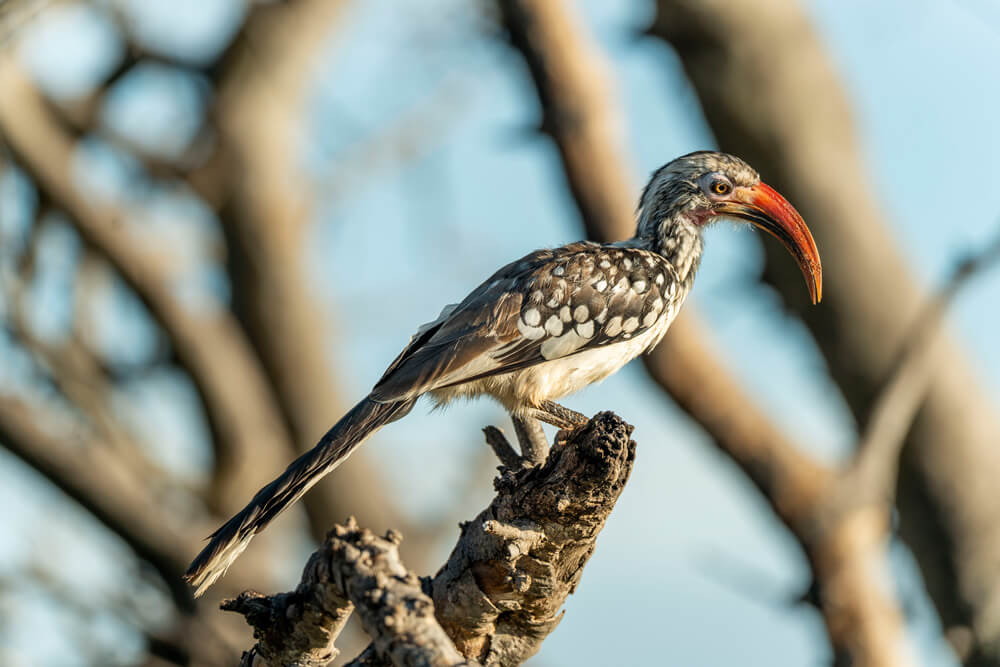
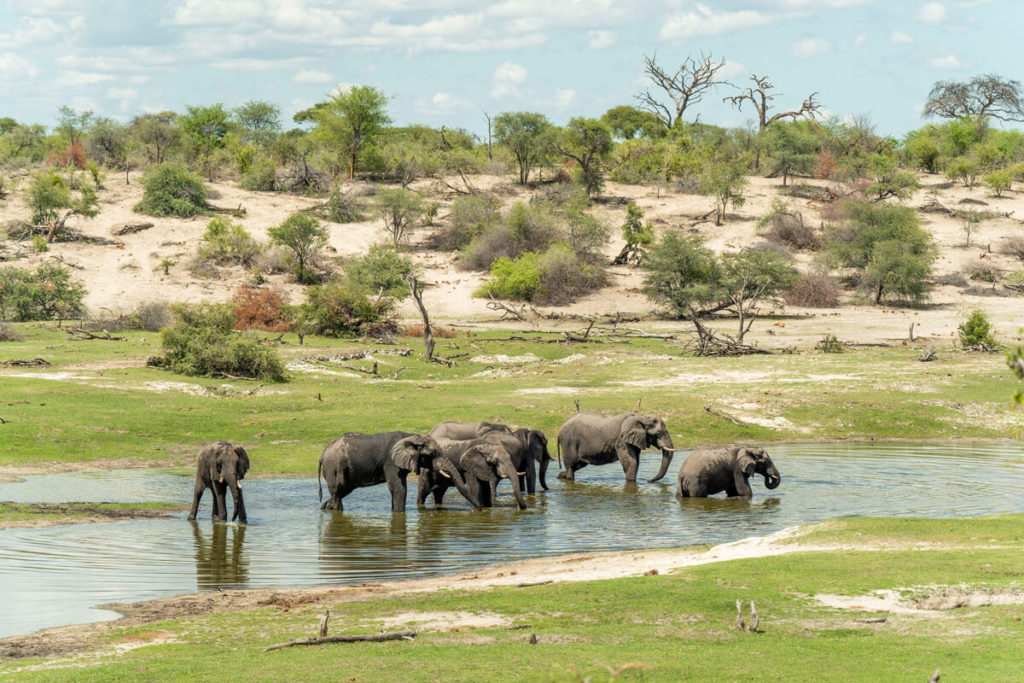
Macro lens
- Uses: Close-ups of insects, flowers, detailed shots, portraits
- Typical focal lengths: 85-105mm
- Features: high magnification, sharp details, shallow depth of field
- We use: back then, we liked using the Sony 85mm*
Fisheye lens
- Uses: creative effects, experimental photography
- Typical focal length: 8-15mm
- Features: extremely wide-angle, distorted perspective
- We use: no lens available
Which camera settings for beginners?
Aperture priority
Aperture priority
Program priority
Full automatic mode
